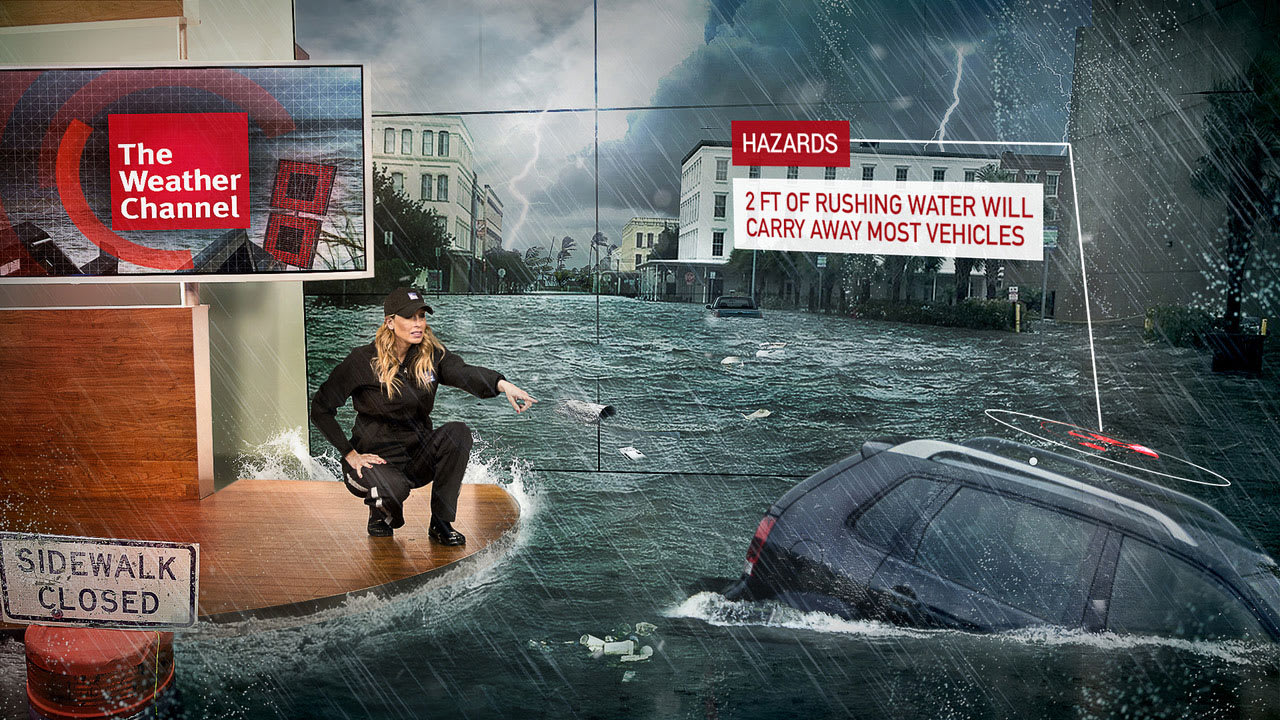 World of Wild Waters
World of Wild Waters
WoWW’s project leader interviewed by Lørn.Tech
Oddbjørn Bruland was recently hosted on Lørn Tech, a podcast covering top technology topics in Norway, such as Gaming, Internet of Things, Artificial Intelligence, Block Chain, Big Data or Virtual and Augmented Reality (VR/AR), among many others. Sunniva Rose, a well known nuclear physicist in Norway, conducted the interview on the topic VR.AR, very relevant to our project.
In the podcast (translated to “Wet, Wild and Virtual“, which are World of Wild Waters’ keywords par excellence), Oddbjørn talks about the concept of Serious Gaming and introduces our project’s goals and how uniquely multidisciplinary our team is.
The scientific community is already very familiar with advanced hydraulic simulations and writing long and dull reports presenting the simulated results. However, such reports might not have the desired impact when presented to decision-makers and stakeholders that oftentimes do not have such hydraulic engineering background. As highlighted during the interview, World of Wild Waters attempts to bridge this communication gap. Our goal is, primarily, to facilitate scientific dissemination of natural hazards by presenting the flood and landslide scenarios through exciting and realistic simulations within the framework of a virtual environment. This is expected to improve sound decision-making and save lives and cost.

We are always happy to talk in further detail about what we do in WoWW, and we appreciate Lørn.Tech’s invitation to their podcast.




